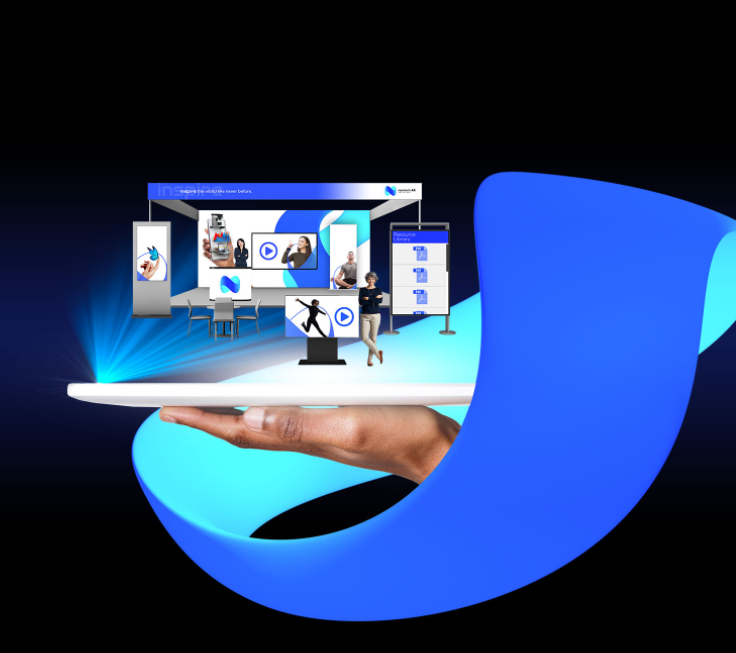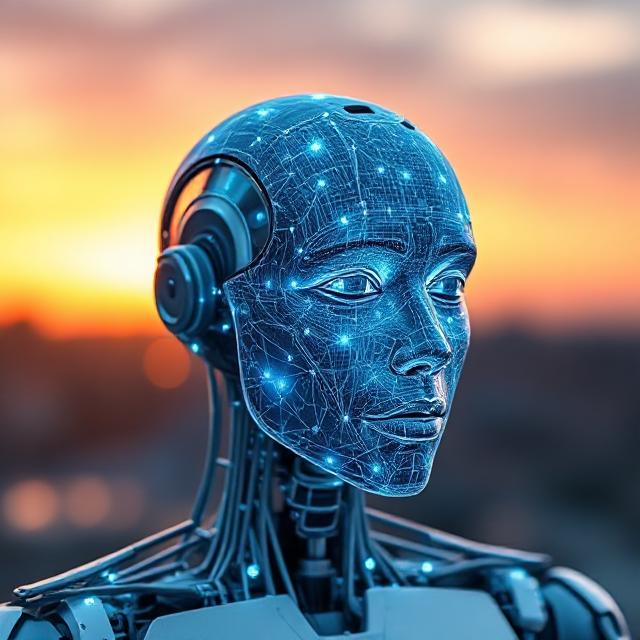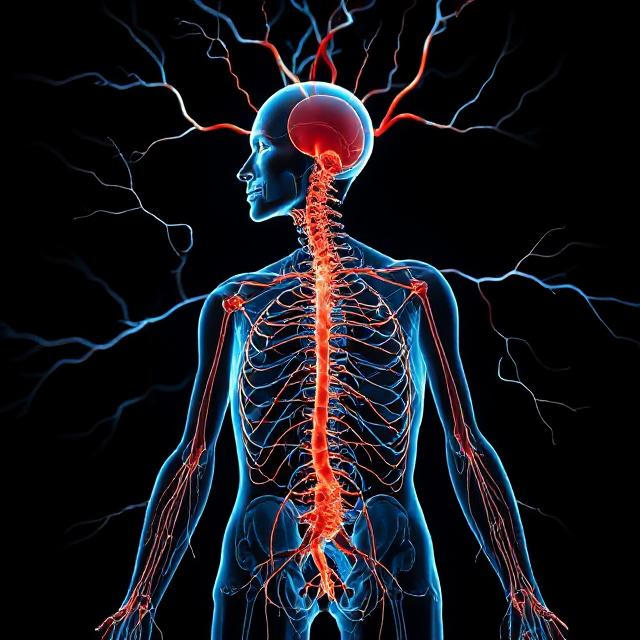In recent years, artificial intelligence has emerged as a revolutionary force because it has transformed industries ranging from healthcare to finance.
But one of the most intriguing areas where AI is making its mark is in the realm of creativity.
From painting and music composition to graphic design and filmmaking, AI-powered tools are reshaping what it means to create.
This begs the question: can machines truly replace human artists?
The Rise Of AI In Creative Fields
AI’s capabilities have grown exponentially, thanks to advancements in machine learning, neural networks, and natural language processing.
Tools like DALL-E, ChatGPT, and MidJourney are now capable of generating artwork, writing stories, and even composing music that can rival human efforts.
These tools leverage vast datasets to "learn" the intricacies of various art forms, and this enables them to produce high-quality and highly customizable content.
Advantages Of AI-Powered Creativity
AI offers several distinct advantages that make it an invaluable tool for creative professionals:
Efficiency: AI can significantly reduce the time required to complete creative projects. A task that might take a human artist weeks to finish can be done in a matter of hours with the help of AI tools.
Accessibility: These tools democratize creativity, enabling individuals with minimal artistic skills to bring their ideas to life. For instance, platforms like Nextech3D allow users to create professional-grade 3D models without extensive training.
Cost-Effectiveness: By automating repetitive tasks, AI can reduce costs associated with hiring large creative teams or outsourcing work.
Endless Possibilities: AI can generate ideas and concepts that may never occur to human minds and by doing this it’s pushing the boundaries of what is creatively possible.
The Human Touch: Can It Be Replicated?
Despite its impressive capabilities, AI still faces significant limitations when it comes to replicating the depth and nuance of human creativity.
Art, at its core, is an expression of human experience, emotion, and perspective. While AI can mimic styles and produce aesthetically pleasing results, it lacks the ability to imbue its creations with genuine emotion or cultural context.
For instance, a human artist painting a portrait might draw from personal experiences, memories, or feelings, creating a connection with the viewer that transcends the visual medium.
AI, on the other hand, generates content based on patterns and algorithms, which, though impressive, often feels devoid of deeper meaning.
Collaboration Over Replacement
Instead of viewing AI as a replacement for human artists, many see it as a tool for collaboration.
By automating tedious tasks, AI allows artists to focus on the more conceptual and emotional aspects of their work.
For example: in fields like 3D modeling, platforms such as Nextech3D enable designers to simplify their workflow, which frees them up so they can concentrate on storytelling and other creative elements.
Ethical Considerations
The integration of AI into creative fields also raises important ethical questions. Who owns the rights to AI-generated art?
Can AI tools unintentionally perpetuate biases present in their training data? These are critical issues that need to be addressed as AI continues to evolve.
The Future Of Creativity
AI is not here to replace human creativity, but to augment it.
Platforms like Nextech3D illustrate how AI can serve as an ally to artists by enabling them to push creative boundaries while maintaining their unique, human touch.
As technology continues to advance, the most compelling works of art will likely be those born from the synergy between human ingenuity and machine precision.
In the end, creativity remains an inherently human trait, rooted in our experiences, emotions, and imagination.
And while AI can assist and inspire, it is the human spirit that will always be the heart of art.






